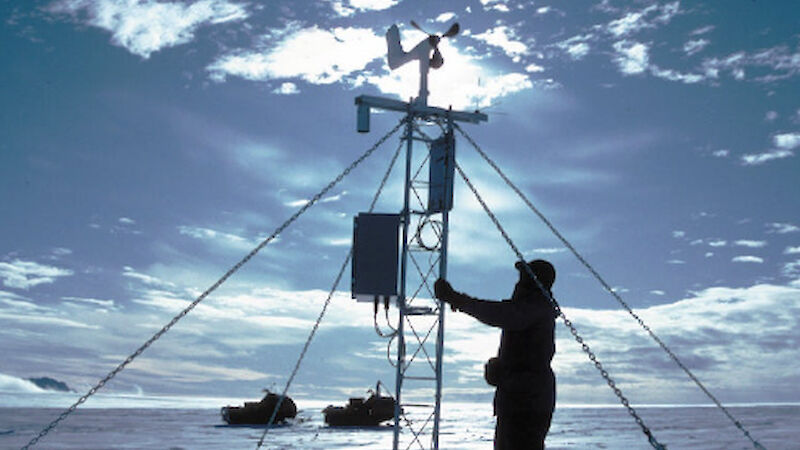Although weather forecasts have been issued for various parts of the Antarctic since the early expeditions, there has not been a great deal of international cooperation regarding the dissemination of knowledge about forecasting techniques. A number of nations have produced forecasting handbooks for their areas of operation but these have often not been widely disseminated. To try and aid the exchange of information on forecasting the First International Symposium on Operational Weather Forecasting in the Antarctic was held in Hobart, Australia between 31 August and 3 September 1998. This meeting brought together participants from eight nations, who included forecasters, administrators, users of forecasts and researchers with an interest in the development of improved forecasting techniques. One of the major outcomes of the meeting was the decision to prepare The International Antarctic Weather Forecasting Handbook, which was seen as a good way of providing a reference volume of material on forecasting methods used in the Antarctic. The handbook has now been prepared under the auspices of the British Antarctic Survey, the Australian Bureau of Meteorology, the Scientific Committee on Antarctic Research, the World Meteorological Organisation, the International Commission on Polar Meteorology and the Council of Managers of National Antarctic Programs.
The handbook consists of two parts. The first provides information on the physical characteristics of the continent, the nature of high latitude weather systems, the forecasting requirement, analysis and forecasting techniques used in the Antarctic and the means by which specific elements are forecast. The second part describes forecasting techniques used at specific locations across the Antarctic.
The handbook is now at version 1.1 and consists of nearly 700 pages of information on all aspects of forecasting in the Antarctic. It is available for download from the British Antarctic Survey website and through the Operations/Meteorology links at the Council of Managers of National Antarctic Programs (COMNAP) site at [resource no longer available].
John Turner1 and Steve Pendlebury2
1. British Antarctic Survey
2. Australian Bureau of Meteorology

